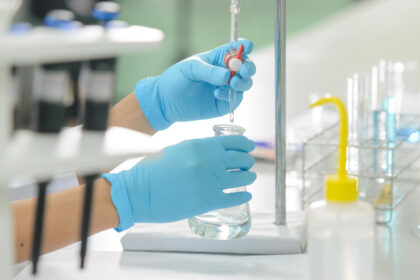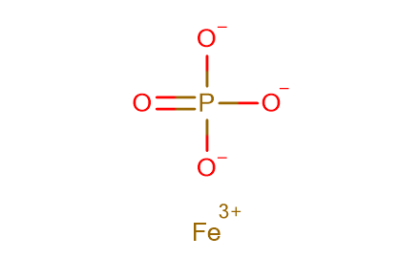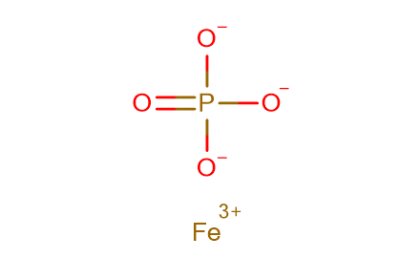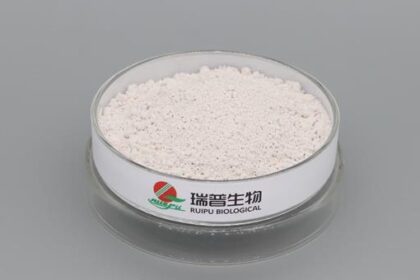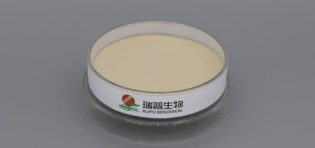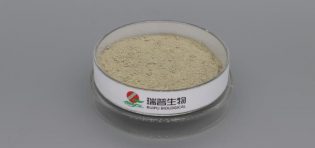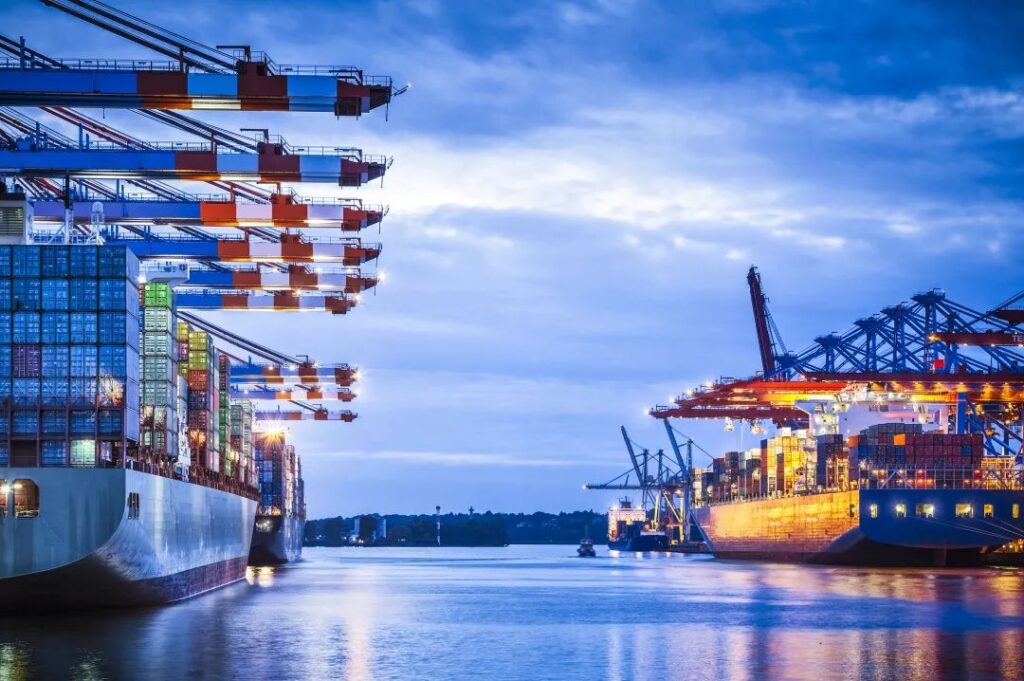
We transport copper gluconate by sea requires careful planning and adherence to various regulations.
Work with a reputable shipping company that has experience in handling chemical shipments and is familiar with the regulations for transporting hazardous materials by sea.
Ensure that the copper gluconate is properly packaged and labeled according to the International Maritime Dangerous Goods (IMDG) Code.Use appropriate containers that meet the regulatory standards for hazardous materials.
We need prepare all the necessary shipping documents, including the Material Safety Data Sheet (MSDS), Dangerous Goods Declaration (DGD), and other relevant paperwork required for transporting hazardous materials by sea.
Familiarize ourself with the IMDG regulations and ensure that our shipment complies with all the requirements for the safe transport of copper gluconate by sea.
Inform the shipping line or carrier about the nature of the cargo (hazardous material) and provide them with all the required information and documentation before the shipment.
Coordinate with the port authorities and terminal operators at both the departure and destination ports to ensure the proper handling and storage of the copper gluconate shipment.
Follow all safety protocols during loading, unloading, and transportation of the copper gluconate at the ports.Provide any necessary safety equipment and instructions to ensure safe handling.
Use tracking and monitoring systems to keep track of the shipment's progress and ensure its timely and safe delivery.
Have a comprehensive emergency response plan in place in case of any incidents or accidents during the transportation of copper gluconate by sea.
Ensure that the shipment complies with all import and export regulations of the destination and transit countries.
Work with experienced professionals who understand the regulations and best practices for transporting hazardous materials by sea.

